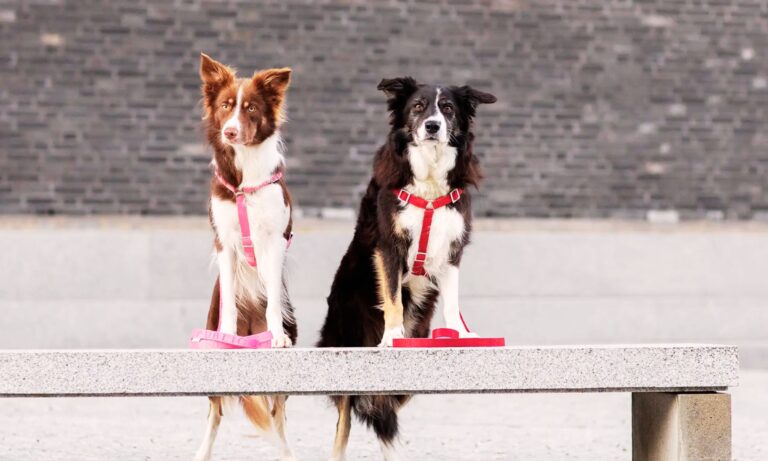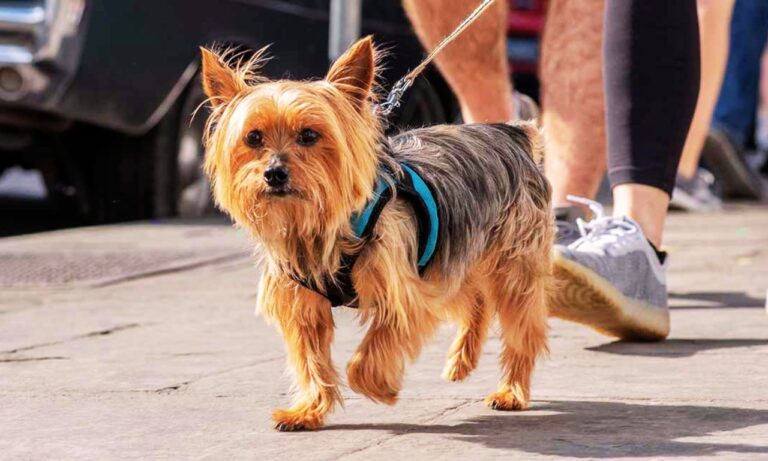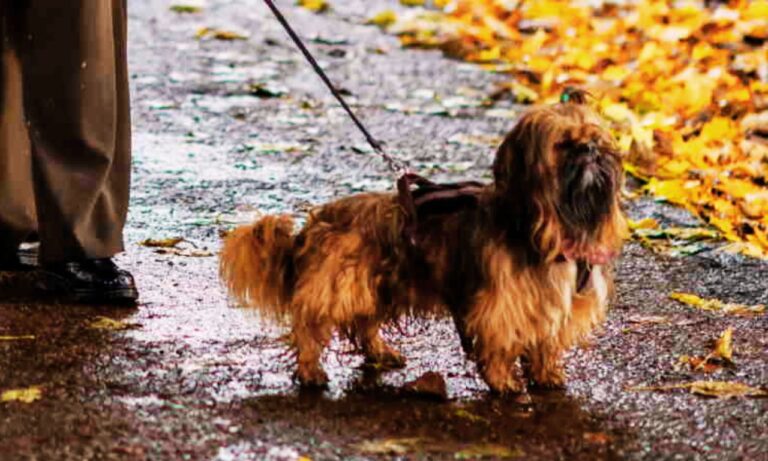| Summary: A cat eating only dry food can survive, but it’s not the healthiest option. Kibble lacks moisture, which can lead to dehydration and urinary issues. To support overall health, provide fresh water, consider adding wet food, or mix water into kibble for extra hydration. Choose high-quality, protein-rich dry food. |
Cats can be notoriously picky eaters, and many cat owners find themselves in a situation where their feline companions refuse to eat anything but dry kibble. While dry food is convenient and widely available, many pet parents wonder whether a kibble-only diet is truly the best option for their cat’s long-term health. So if your query is “my cat only eats dry food?” this is for you!
I will explore the advantages and disadvantages of feeding only dry food, potential health concerns, ways to improve a kibble diet, and tips for transitioning a cat to a more balanced diet. Check out the best dog collars for Border Collie to find durable, stylish, and comfortable options for your active dog.
Blog Highlights
ToggleQuick Fix FAQ Guide
| Question | Answer |
| Is it okay if my cat only eats dry food? | It’s okay but not ideal. Lack of moisture can cause health issues. |
| What are the risks of a kibble-only diet? | Dehydration, urinary tract issues, and potential kidney problems. |
| How can I improve my cat’s diet? | Add wet food or mix water into dry food for hydration. |
| Do cats drink enough water with dry food? | Many cats don’t, so a water fountain or multiple water bowls help. |
| What should I look for in dry food? | Choose high-protein, grain-free kibble with real meat as the first ingredient. |
1. “My cat only eats dry food” Why Do Some Cats Prefer Dry Food?
Not all cats are drawn to wet food, and there are several reasons why a cat may only eat kibble.
One of the main reasons is early exposure and habit formation. Cats that were introduced to dry food at a young age and never experienced wet food may develop a strong preference for kibble. Felines are creatures of habit, and if they haven’t been exposed to different textures and flavors, they may resist trying new foods.
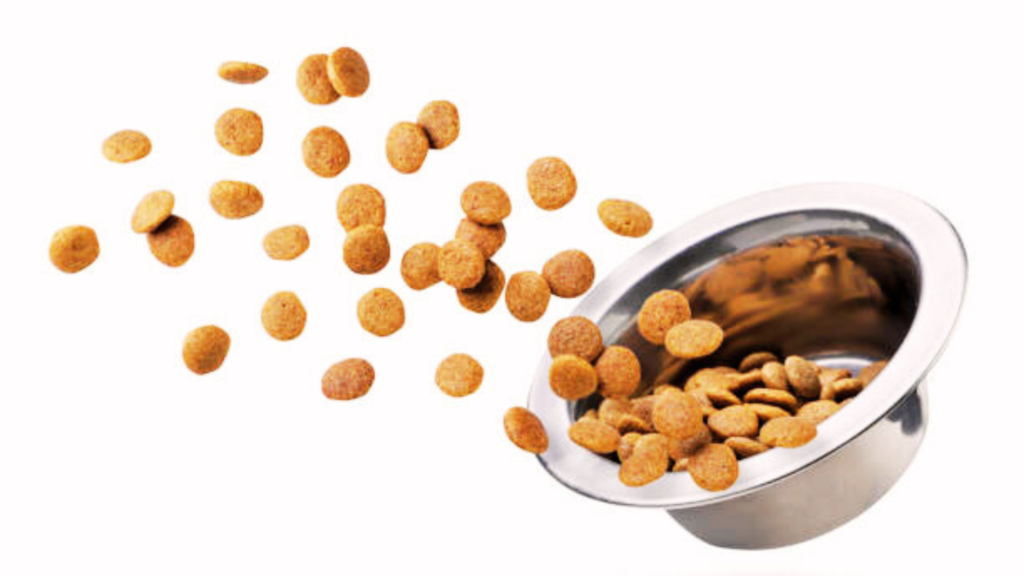
Another factor is texture and crunchiness. Some cats seem to enjoy the sensation of crunching dry kibble. The firm texture can be satisfying to bite into, and some kibbles are designed to help clean a cat’s teeth. While kibble does not entirely prevent dental issues, some brands include ingredients that help reduce tartar buildup.
Additionally, palatability due to additives can make dry food more appealing. Many commercial dry foods are coated with flavor enhancers such as animal fat and synthetic flavors, making them highly desirable for cats. These additives can create a strong preference for kibble over other types of food. For guidance on choosing the right collar size for an Airedale puppy, check out this detailed guide.
2. The Pros of a Dry-Food-Only Diet
While many veterinarians recommend incorporating wet food into a cat’s diet, there are some benefits to feeding dry food.
Convenience and Storage
One of the biggest advantages of dry food is its convenience. Unlike wet food, kibble does not require refrigeration, making it easy to store and serve. A bowl of kibble can be left out for extended periods without spoiling, which is ideal for busy pet owners or those who free-feed their cats.
Cost-Effectiveness
Dry cat food is generally more affordable than wet food. A high-quality bag of kibble can last for weeks, whereas wet food needs to be purchased more frequently. On average, a 10-pound bag of premium dry food costs around $30–$50 and can last a month or more, while canned food may cost $1–$3 per can and require multiple cans per day.
Dental Benefits
Some cat food manufacturers claim that kibble helps clean teeth by reducing plaque and tartar. While kibble’s crunchiness may have a slight abrasive effect, it is not a substitute for proper dental care. However, specially formulated dental kibbles can contribute to oral health. For insights on whether Airedales are good off-leash, explore this comprehensive article.

3. The Cons of a Dry-Food-Only Diet
Despite the advantages, there are significant downsides to feeding a dry-food-only diet.
Low Moisture Content
Cats naturally have a low thirst drive and rely on food to obtain most of their hydration. Dry food typically contains only 6–10% moisture, while wet food contains around 70–80%. A cat that eats only kibble may not drink enough water, leading to dehydration over time.
Increased Risk of Urinary Tract Problems
Because dry food lacks moisture, cats on a kibble-only diet may be more prone to urinary tract infections (UTIs), bladder stones, and kidney disease. Studies suggest that cats fed exclusively dry food have a higher likelihood of developing feline lower urinary tract disease (FLUTD), which can be painful and even life-threatening if untreated.
Higher Carbohydrate Content
Many dry cat foods contain 30–50% carbohydrates, which is much higher than a cat’s natural diet. Since cats are obligate carnivores, they require protein and fat rather than carbohydrates. Excess carbs can contribute to obesity, diabetes, and digestive issues in cats.
Lower Protein Quality
While some premium dry foods contain high-quality protein sources, many commercial brands use plant-based proteins such as pea protein, corn gluten meal, or wheat gluten to boost protein percentages. These plant-based proteins are less bioavailable than animal-based proteins, meaning they may not be as easily digested or utilized by a cat’s body.
Discover the benefits of using a harness by reading this guide on should a Collie wear a harness.
4. Signs That a Kibble-Only Diet May Be Affecting Your Cat’s Health
If a cat eats only dry food, it’s important to monitor for signs that the diet may be causing health issues. Some potential red flags include:
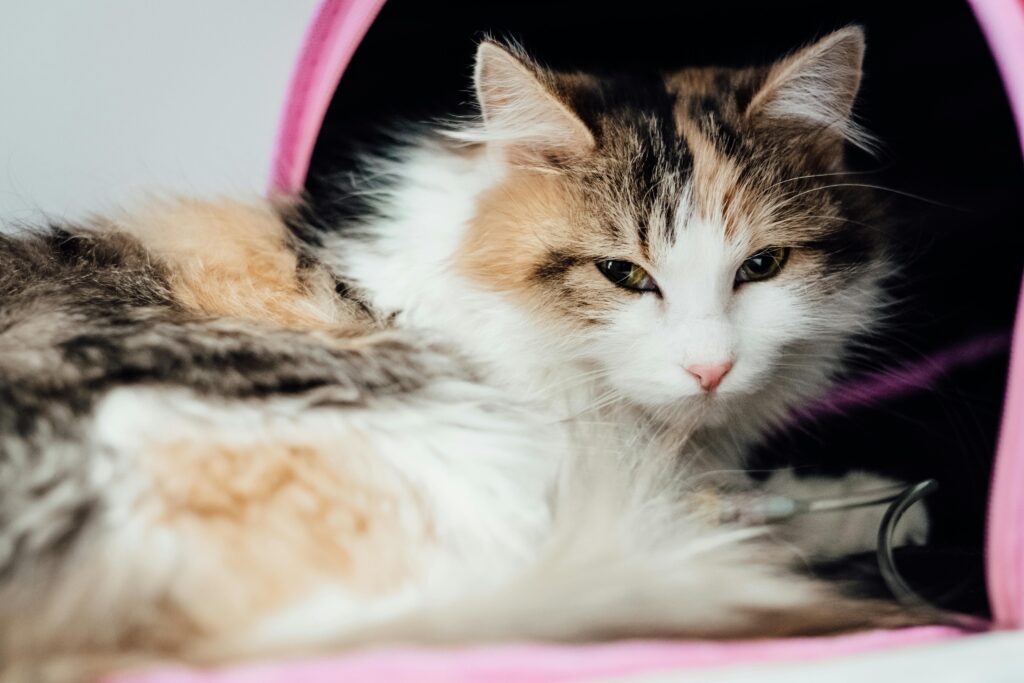
- Frequent urinary tract infections (UTIs) or difficulty urinating
- Increased thirst due to dehydration
- Dry, flaky skin or a dull coat, which may indicate a lack of essential fatty acids
- Obesity from consuming excess carbohydrates
- Lethargy or low energy levels due to suboptimal nutrition
- Dental problems such as gingivitis or periodontal disease
If any of these issues arise, it may be time to reconsider a kibble-only diet and introduce moisture-rich foods.
5. How to Improve a Dry-Food-Only Diet
If your cat refuses to eat anything but dry food, there are still ways to improve their nutrition and hydration.
1. Add Water or Broth to Kibble
One simple way to increase moisture intake is to add warm water, bone broth, or tuna juice to kibble. This softens the food and makes it more hydrating.

2. Provide Multiple Water Sources
Encourage hydration by offering fresh water in multiple locations around your home. Many cats prefer running water, so a cat water fountain can be a great investment.

3. Choose High-Protein, Low-Carb Kibble
Opt for grain-free, high-protein dry food with at least 40% animal-based protein and minimal fillers. Brands like Orijen, Acana, and Tiki Cat offer high-quality options.
4. Offer Meal Toppers
Adding freeze-dried raw toppers, canned food, or small amounts of cooked meat can make kibble more nutritionally complete. Learn if Dachshunds need special collars to provide the right support and comfort for their unique body shape.
6. Transitioning a Cat from Dry Food to a Balanced Diet
If you want your cat to eat wet food or raw food, a slow and gradual transition is key.
- Start by mixing a small amount of wet food with dry food. Gradually increase the wet food portion over several weeks.
- Experiment with different textures and flavors. Some cats prefer pate, while others like chunks in gravy.
- Warm up wet food slightly to enhance aroma. This can make it more appealing.
- Use a gradual reduction method. Reduce kibble by 10% per week while increasing wet food.
7. Should You Worry If Your Cat Only Eats Dry Food?
While a dry-food-only diet is not ideal, some cats thrive on it if their water intake is sufficient, and the kibble is high quality. However, if health issues arise, making dietary adjustments is crucial.
Veterinarians generally recommend incorporating moisture-rich foods for optimal feline health. If your cat refuses to eat wet food, consider alternative ways to increase hydration and improve their diet.
8. What If My Cat Still Refuses Wet Food?
If your cat remains stubborn and refuses to eat anything but dry kibble, don’t panic. Some cats are extremely resistant to change, and forcing them to switch diets abruptly can cause stress and even lead to food refusal. Instead, consider the following strategies to slowly introduce variety into their diet while ensuring they get the necessary hydration and nutrients.
1. Try Different Textures and Flavors
Cats have strong preferences when it comes to food texture and taste. If your cat turns their nose up at one type of wet food, try another. Some cats prefer pate-style wet food, while others may prefer shreds, chunks in gravy, or mousse-like textures. Experimenting with different brands and flavors can help you find something your cat enjoys.
2. Use Wet Food as a Treat
Instead of replacing meals entirely, try offering wet food as a small treat. Put a teaspoon of wet food on their kibble or let them lick a small amount from your finger. Associating wet food with positive experiences can make it more appealing over time.
3. Hand-Feeding and Mixing Methods
Some cats are more likely to try new foods if they are hand-fed. Offering a small spoonful of wet food directly from your hand can encourage your cat to give it a taste. You can also start by mixing a tiny amount of wet food with dry food and gradually increase the ratio over time.
4. Be Patient and Persistent
Transitioning a cat to wet food can take weeks or even months. The key is consistency and patience. If your cat refuses wet food today, try again tomorrow with a different approach. Over time, most cats will become more accepting of new foods, leading to a healthier and more balanced diet.
Wrapping Up
Cats that only eat dry food may face hydration issues, urinary problems, and weight concerns due to the high-carb, low-moisture nature of kibble. While kibble has advantages like convenience and affordability, supplementing it with moisture-rich foods or ensuring proper hydration is essential for a cat’s well-being.
Hope so, this is answered “My cat only eats dry food”? Discover what size collar is best for a French Bulldog puppy to ensure both safety and comfort during their growing stages.
If your cat refuses wet food, small dietary changes—such as adding broth, meal toppers, or high-quality kibble—can make a significant difference. Ultimately, every cat is different, and working with your veterinarian can help ensure your feline companion gets the best possible nutrition.



